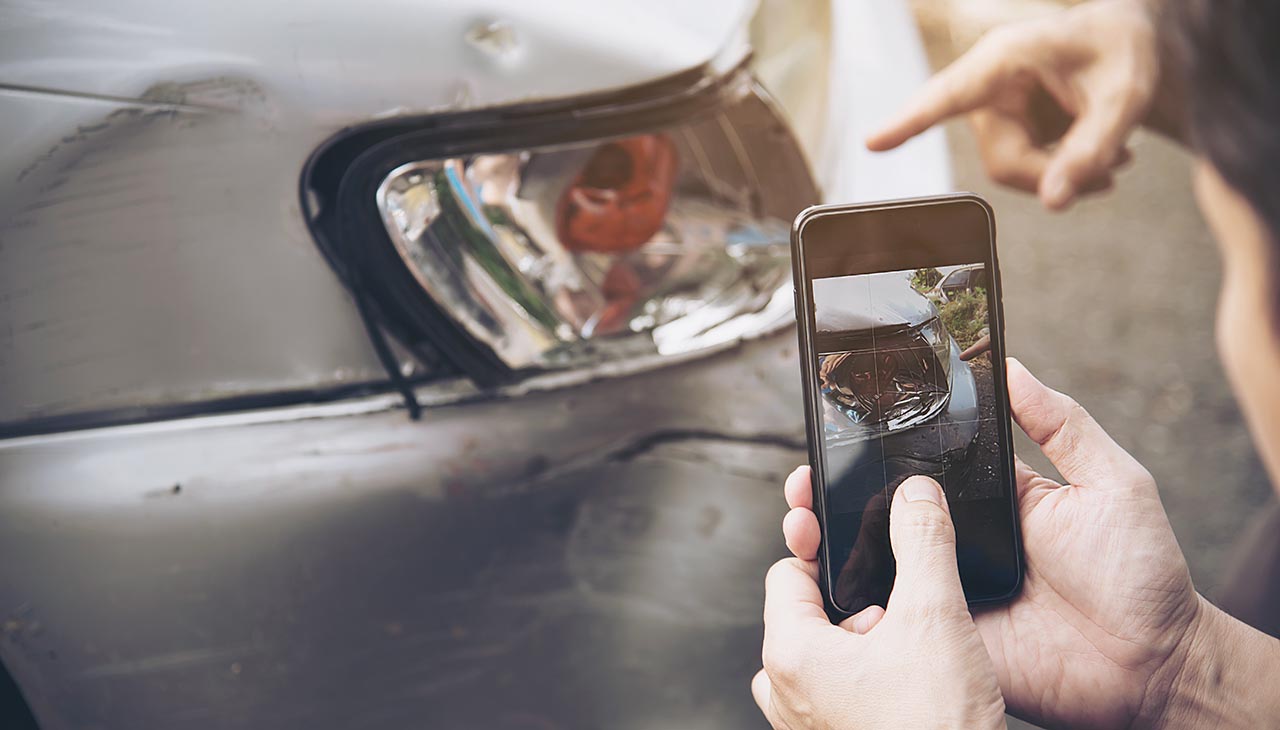
Cracking the Code on Collision Repair Estimates
Understanding the costs associated with repairing your vehicle after an accident can be confusing. If you’re a car owner, knowing what goes into a collision repair estimate is crucial.
Why Understanding Collision Repair Estimates Matters
Accidents are stressful enough without worrying about inflated repair costs. By grasping the basics of collision repair estimates, you can make informed decisions, avoid being overcharged, and ensure your car is repaired properly.
In this post, we’ll break down the components of a collision repair estimate, guide you through the estimating process, and offer tips to help you interpret and compare estimates. Let’s get started!
Components of a Collision Repair Estimate
When you receive a collision repair estimate, it’s important to know what you’re looking at. Here are the main components:
Labor Costs
Labor costs cover the time technicians spend working on your vehicle. This includes everything from disassembling damaged parts to installing new ones. Labor rates can vary based on the complexity of the work and the expertise of the technician.
Labor costs are often calculated by the hour. Some shops may have higher rates due to their specialization or location. Make sure to compare these rates when evaluating different estimates.
Parts Costs
The cost of parts can significantly impact your repair estimate. Repairs may require original equipment manufacturer (OEM) parts, aftermarket parts, or recycled parts. OEM parts are typically more expensive, but they guarantee compatibility and quality.
Aftermarket parts are cheaper but may not fit perfectly or meet the same quality standards. Recycled parts offer a cost-effective solution but come with potential wear and tear. Understanding the type of parts being used can help you evaluate the estimate more accurately.
Paint and Materials
Repainting damaged areas is often necessary after an accident. Costs in this category cover the paint, primer, and other materials needed to match your car’s original color.
The quality of the paint job can vary, so it’s worth asking about the type of paint and process used. High-quality materials and techniques ensure a better finish and longevity, but they can also increase the overall cost.
What to Expect During the Estimating Process
Knowing what to expect during the estimating process can help you feel more in control. Here’s a step-by-step guide:
Initial Assessment
The first step is the initial assessment, where a technician inspects the damage. This involves a visual inspection and may include taking photos or notes. The technician will look for visible damage and might suggest further diagnostic tests.
At this stage, it’s essential to ask questions and provide any information about the accident. Details such as the speed at impact or the point of collision can help the technician identify less obvious damage.
Writing the Estimate
Next, the repair shop will write up the estimate. This document should include a detailed breakdown of labor, parts, and paint costs. Look for any additional fees, such as disposal costs or administrative charges.
It’s wise to request a written copy of the estimate. This allows you to review it thoroughly and compare it with estimates from other repair shops.
Final Review
Before agreeing to any repairs, go through the estimate with the technician. Clarify any unclear items and ask about possible additional costs. Sometimes, hidden damage is discovered once repairs begin, which can increase the total cost.
A final review ensures that you understand the scope of work and the associated costs. It also gives you a chance to discuss timelines and warranties.
Tips for Comparing Collision Repair Estimates
Comparing estimates from different shops can save you money and ensure quality repairs. Here are some tips:
Get Multiple Estimates
It’s a good idea to get at least three estimates from reputable repair shops. This gives you a range of options and helps you identify any outliers. Avoid shops that give estimates significantly lower than others, as this may indicate subpar work.
Comparing multiple estimates also allows you to see if any shop is overcharging for labor or parts. Be cautious of shops that don’t provide detailed breakdowns.
Check Reviews and References
Online reviews and references from friends or family can provide insights into a shop’s reputation. Look for consistency in feedback regarding quality, timeliness, and customer service.
A shop with positive reviews is more likely to provide reliable estimates and high-quality repairs. Don’t hesitate to ask the shop for references from previous customers.
Ask About Warranties
Reputable shops often offer warranties on their work. This provides peace of mind knowing that if something goes wrong, the shop will address it at no additional cost.
Ensure the warranty details are included in the written estimate. Ask about the duration and coverage of the warranty to understand what is included.
Common Misconceptions About Collision Repair Estimates
Understanding common misconceptions can help you avoid pitfalls. Here are a few:
All Estimates Are the Same
Not all estimates are created equal. Differences in labor rates, parts quality, and repair techniques can result in varying estimates. Always scrutinize the details to understand what you’re paying for.
It’s important to recognize that a higher estimate doesn’t always mean better quality. Evaluate each component and ask questions to make an informed decision.
Only Visible Damage Matters
Visible damage is just the tip of the iceberg. Hidden damage can affect the safety and performance of your vehicle. Ensure the estimate includes thorough diagnostics to uncover all damage.
Requesting a complete diagnostic report can prevent future issues and additional costs. Make sure the technician checks for structural damage, alignment issues, and electrical problems.
Cheapest Option Is Best
Choosing the cheapest option can lead to poor quality repairs. Low-cost repairs might use inferior parts or shortcuts that can compromise your vehicle’s safety and longevity.
Instead of focusing solely on price, consider the shop’s reputation, experience, and warranties. Investing in quality repairs can save you money and hassle in the long run.
Final Thoughts
Understanding collision repair estimates empowers you to make informed decisions. By knowing the components of an estimate, what to expect during the process, and how to compare estimates, you can ensure your vehicle gets the care it deserves.
Carefully review any estimate before agreeing to repairs. Ask questions, compare multiple shops, and prioritize quality over cost. With these insights, you can confidently manage your vehicle’s repair and get back on the road safely.
For more guidance, contact us today. Our team is here to help you every step of the way.

